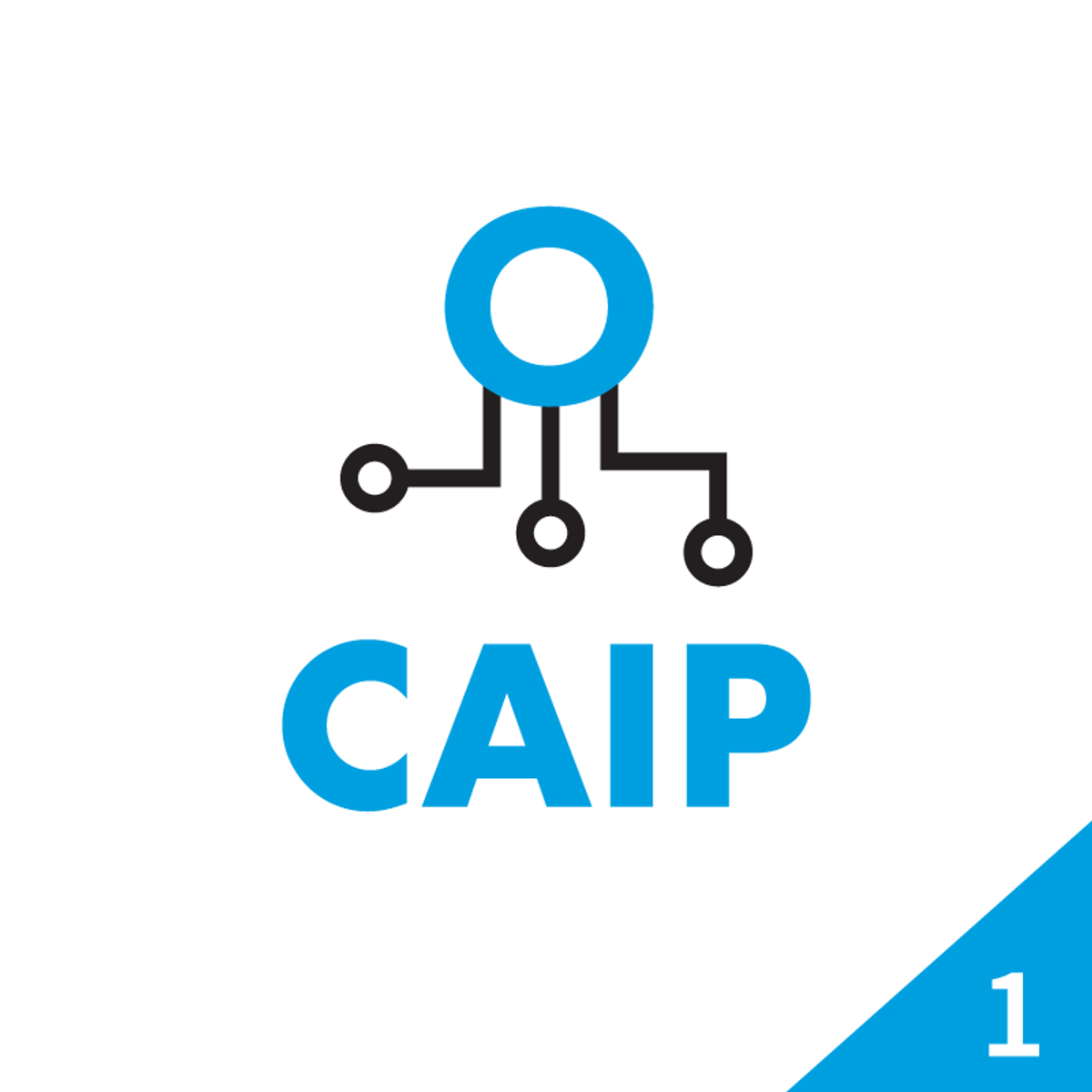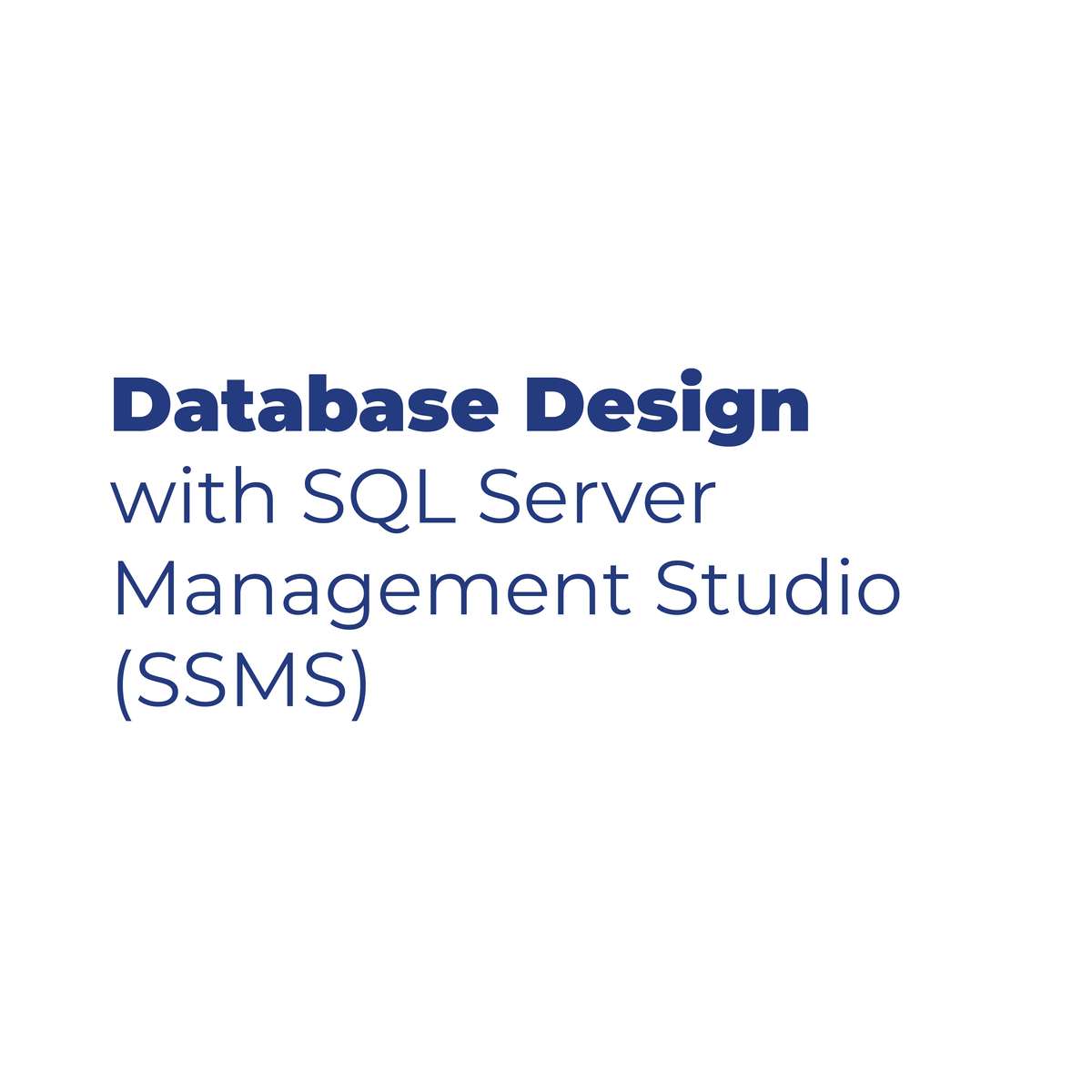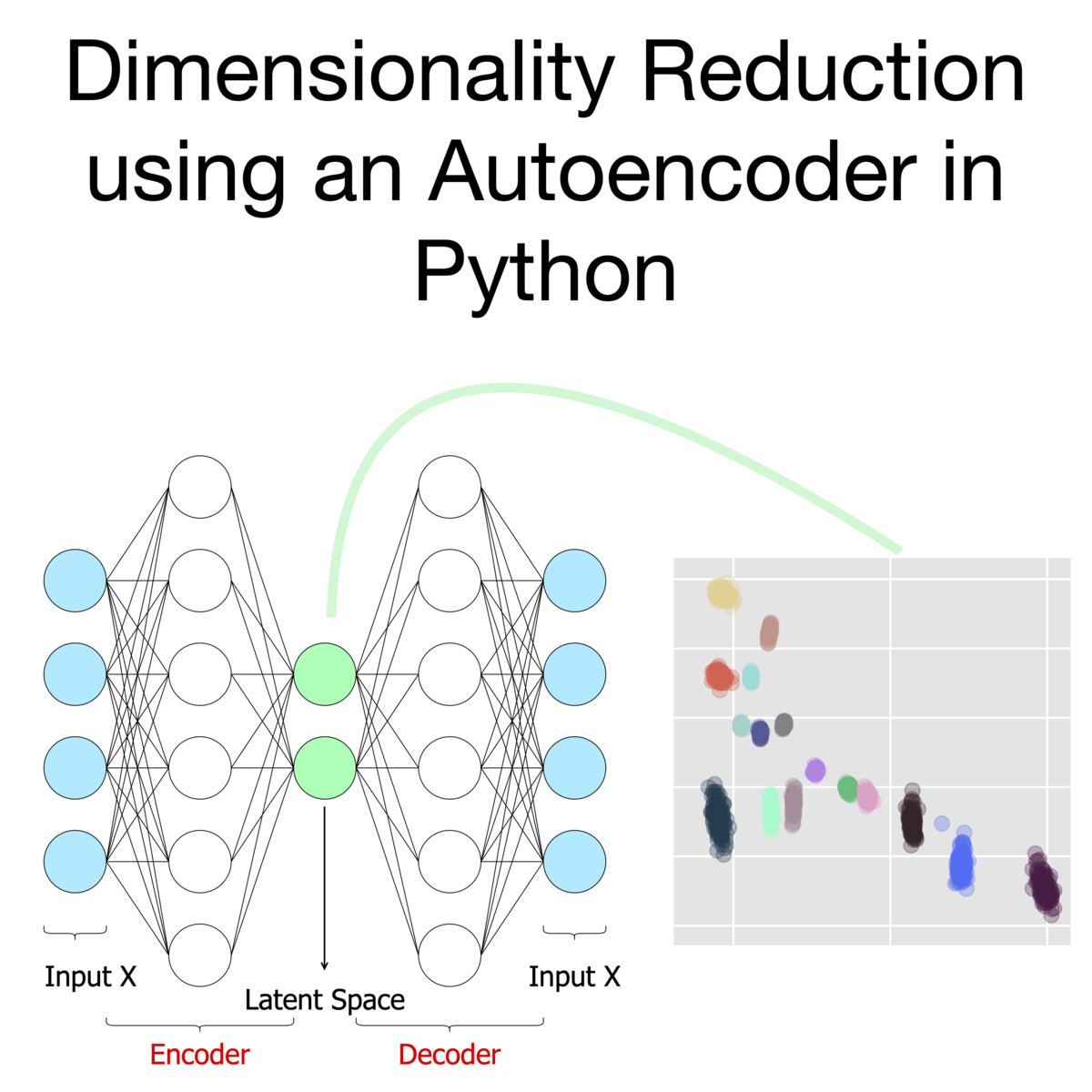Back to Courses









Data Science Courses - Page 14
Showing results 131-140 of 1407

Data Management and Visualization
Whether being used to customize advertising to millions of website visitors or streamline inventory ordering at a small restaurant, data is becoming more integral to success. Too often, we’re not sure how use data to find answers to the questions that will make us more successful in what we do. In this course, you will discover what data is and think about what questions you have that can be answered by the data – even if you’ve never thought about data before. Based on existing data, you will learn to develop a research question, describe the variables and their relationships, calculate basic statistics, and present your results clearly. By the end of the course, you will be able to use powerful data analysis tools – either SAS or Python – to manage and visualize your data, including how to deal with missing data, variable groups, and graphs. Throughout the course, you will share your progress with others to gain valuable feedback, while also learning how your peers use data to answer their own questions.

Wrangling Data in the Tidyverse
Data never arrive in the condition that you need them in order to do effective data analysis. Data need to be re-shaped, re-arranged, and re-formatted, so that they can be visualized or be inputted into a machine learning algorithm. This course addresses the problem of wrangling your data so that you can bring them under control and analyze them effectively. The key goal in data wrangling is transforming non-tidy data into tidy data.
This course covers many of the critical details about handling tidy and non-tidy data in R such as converting from wide to long formats, manipulating tables with the dplyr package, understanding different R data types, processing text data with regular expressions, and conducting basic exploratory data analyses. Investing the time to learn these data wrangling techniques will make your analyses more efficient, more reproducible, and more understandable to your data science team.
In this specialization we assume familiarity with the R programming language. If you are not yet familiar with R, we suggest you first complete R Programming before returning to complete this course.

Network Analysis in Systems Biology
An introduction to data integration and statistical methods used in contemporary Systems Biology, Bioinformatics and Systems Pharmacology research. The course covers methods to process raw data from genome-wide mRNA expression studies (microarrays and RNA-seq) including data normalization, differential expression, clustering, enrichment analysis and network construction. The course contains practical tutorials for using tools and setting up pipelines, but it also covers the mathematics behind the methods applied within the tools. The course is mostly appropriate for beginning graduate students and advanced undergraduates majoring in fields such as biology, math, physics, chemistry, computer science, biomedical and electrical engineering. The course should be useful for researchers who encounter large datasets in their own research. The course presents software tools developed by the Ma’ayan Laboratory (http://labs.icahn.mssm.edu/maayanlab/) from the Icahn School of Medicine at Mount Sinai, but also other freely available data analysis and visualization tools. The ultimate aim of the course is to enable participants to utilize the methods presented in this course for analyzing their own data for their own projects. For those participants that do not work in the field, the course introduces the current research challenges faced in the field of computational systems biology.
Solve Business Problems with AI and Machine Learning
Artificial intelligence (AI) and machine learning (ML) have become an essential part of the toolset for many organizations. When used effectively, these tools provide actionable insights that drive critical decisions and enable organizations to create exciting, new, and innovative products and services.
This is the first of four courses in the Certified Artificial Intelligence Practitioner (CAIP) professional certification. This course is meant as an entry point into the world of AI/ML. You'll learn about the business problems that AI/ML can solve, as well as the specific AI/ML technologies that can solve them. In addition, you'll get an overview of the general workflow involved in machine learning, as well as the tools and other resources that support it. This course also promotes the importance of ethics in AI/ML, and provides you with techniques for addressing ethical challenges.
Ultimately, this course will get you thinking about the "why?" of AI/ML, and it will ensure that your more technical work in later courses is done with clear business goals in mind.

Compare Stock Returns with Google Sheets
In this 1-hour long project-based course, you will learn how to compare the performance of different securities using financial statistics (normal distributions) and the Google Sheets toolkit to decide which one performed the best in terms of risk-to-return (risk-to-reward) metrics. This will teach you how basic risk management using quantitative analysis is done and is applied in calculating mean returns of the stock, variance, standard deviation, the Sharpe ratio, and Sortino Ratio.
Note: This course works best for learners who are based in the North America region. We're currently working on providing the same experience in other regions.
This course's content is not intended to be investment advice and does not constitute an offer to perform any operations in the regulated or unregulated financial market.

Database Design with SQL Server Management Studio (SSMS)
In this 1-hour 40-minutes long project-based course, you will learn how to design a database system by identifying the entities and their attributes as well as the relations between these entities. Furthermore, you will get to implement the database system that you have designed using Microsoft SQL Server through SQL Server Management Studio. This project will have you explore key concepts of database design and will have you get introduced to the building blocks of the world of databases.
Note: This project works best for learners who are based in the North America region. We’re currently working on providing the same experience in other regions.

Retrieve Data using Single-Table SQL Queries
In this course you’ll learn how to effectively retrieve data from a relational database table using the SQL language.
We all know that most computer systems rely on at least one database to store data. Your tax information is stored in the database used by the Internal Revenue Service. Your phone stores your contacts’ names, addresses, email addresses, and phone numbers in a database. If you shop online, you’re viewing photos, descriptions, and prices of products that are stored in a database. Database designers go to great lengths to design databases so that the data can be stored securely and in an organized format. It’s important to note that the main reason they go to all that work is so that we can get the data back out again when we need it! That’s called “data retrieval”.
Data is retrieved or read from a relational database by using a language called SQL to query (or question) the database. SQL is referred to as “the language of relational databases”. It can be used by itself or embedded in programs to retrieve data. Once the data is retrieved, it can be displayed on a web page or PC application, or even printed on paper.
You’ll be practicing writing SQL queries using SQLiteStudio.
Next time you go online and look up the daily special at your favorite restaurant, you can think about the fact that it’s likely that an SQL query was used behind the scenes to fetch that data and pop it up on your screen. By the end of this course, you’ll even have a pretty good idea what the query might have looked like!
Note: This course works best for learners who are based in the North America region. We’re currently working on providing the same experience in other regions.

Understanding China, 1700-2000: A Data Analytic Approach, Part 2
The purpose of this course is to summarize new directions in Chinese history and social science produced by the creation and analysis of big historical datasets based on newly opened Chinese archival holdings, and to organize this knowledge in a framework that encourages learning about China in comparative perspective.
Our course demonstrates how a new scholarship of discovery is redefining what is singular about modern China and modern Chinese history. Current understandings of human history and social theory are based largely on Western experience or on non-Western experience seen through a Western lens. This course offers alternative perspectives derived from Chinese experience over the last three centuries. We present specific case studies of this new scholarship of discovery divided into two stand-alone parts, which means that students can take any part without prior or subsequent attendance of the other part.
Part 1 (https://www.coursera.org/learn/understanding-china-history-part-1) focuses on comparative inequality and opportunity and addresses two related questions ‘Who rises to the top?’ and ‘Who gets what?’.
Part 2 (this course) turns to an arguably even more important question ‘Who are we?’ as seen through the framework of comparative population behavior - mortality, marriage, and reproduction – and their interaction with economic conditions and human values. We do so because mortality and reproduction are fundamental and universal, because they differ historically just as radically between China and the West as patterns of inequality and opportunity, and because these differences demonstrate the mutability of human behavior and values.
Course Overview video: https://youtu.be/dzUPRyJ4ETk

Dimensionality Reduction using an Autoencoder in Python
In this 1-hour long project, you will learn how to generate your own high-dimensional dummy dataset. You will then learn how to preprocess it effectively before training a baseline PCA model. You will learn the theory behind the autoencoder, and how to train one in scikit-learn. You will also learn how to extract the encoder portion of it to reduce dimensionality of your input data. In the course of this project, you will also be exposed to some basic clustering strength metrics.
Note: This course works best for learners who are based in the North America region. We’re currently working on providing the same experience in other regions.

Cloud Pricing and Financial Operations (FinOps)
This specialization is targeted to cloud sales, marketing managers, business executives, and operations and data center managers who need education around the specifics of the business aspects of operating a cloud at Cloud Service Providers (CSPs), Distributors, Resellers and Managed Service Providers who service cloud customers.
This course is part of the Intel® Cloud Business Professional Specialization. Completion of specialization offers a badge via Credly.
● Cloud FinOps Overview and TCO Models: This lesson discusses cloud cost modeling and the emergence of the FinOps function. Also covered will be cloud cost management best practices and key personas involved of cloud economics. (Duration: 15 minutes)
● Cloud Service Provider Accounting Structures: This lesson will overview how the 3 large Cloud Services manage their enterprise accounting efforts including enterprise agreements and accounting entitlements. (Duration: 10 minutes)
● Native Cloud Billing Management and Reporting: This lesson addresses the usage invoice delivery, native cost explorer and usage reporting for each of the three large Cloud Service providers. (Duration: 15 minutes)
● Cloud Pricing Models: This lesson covers cloud pricing models for each of the 3 large Cloud Service Providers. Also addressed will be reservations, spot instances and native pricing estimators. (Duration: 30 minutes)
● Controlling Cloud Costs: This 3-part course will dive into the ideas and intricacies around controlling spending in the cloud. Included in this course are specific demos for the 3 large Cloud Service Providers. (Duration: 80 minutes)
● Cloud Multi-Tenant Management and Billback: This course discusses the business aspects of multi-tenant cloud billings. It covers showback vs billback billing models and prepaid instances and commitments. (Duration: 10 minutes)
Popular Internships and Jobs by Categories
Find Jobs & Internships
Browse
© 2024 BoostGrad | All rights reserved